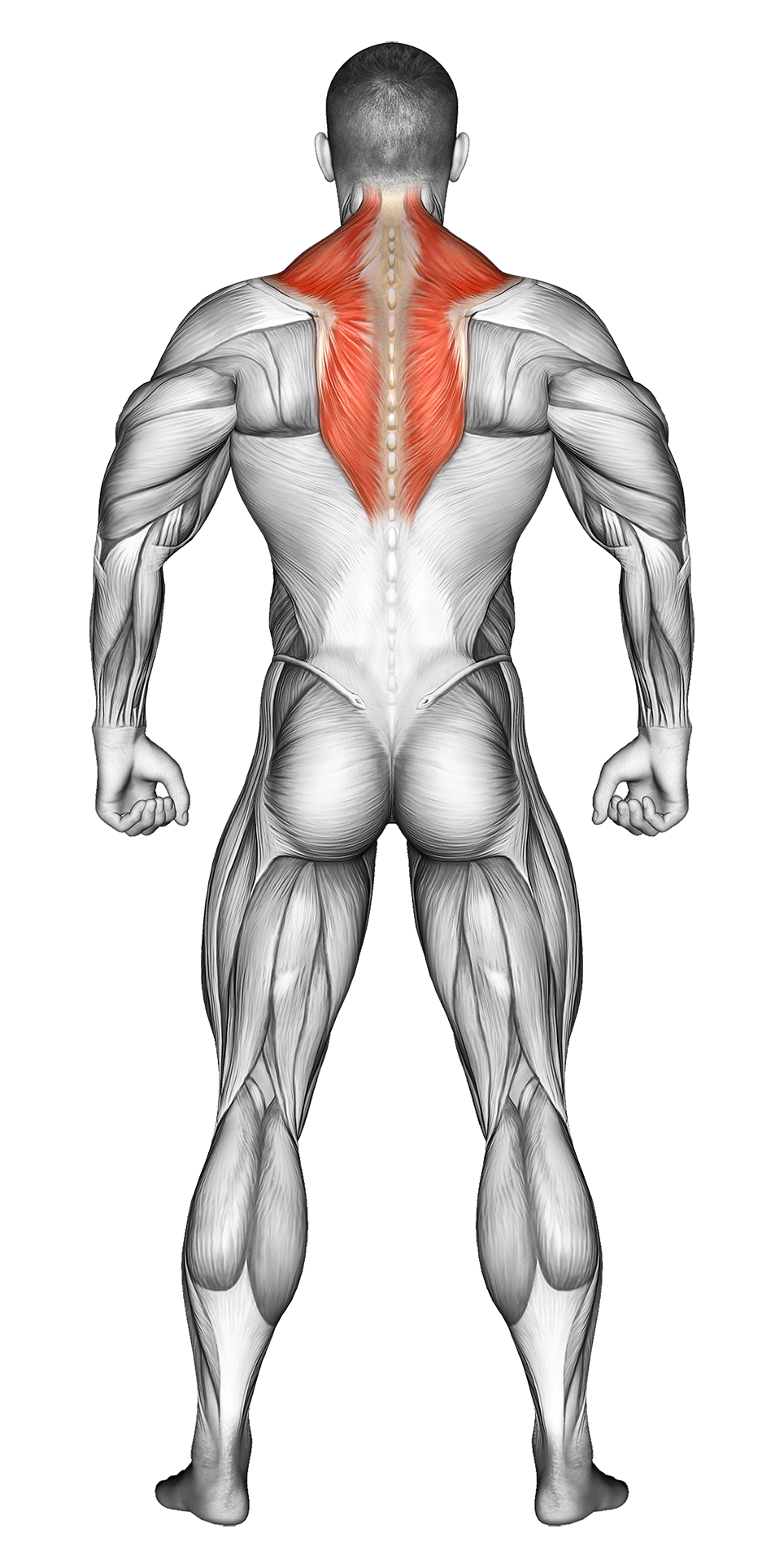Cable Shrug: Video Tutorial & Exercise Guide
| Workout | Cable Shrug |
| Primary Muscle Group | Traps |
| Equipment Required | Cable |
| Force Type | Pull |
| Mechanics | Isolation |
| Exercise Type | Strength |
| Difficulty | Beginner |
Cable Shrug: Video Tutorial & Exercise Guide
How to do the Cable Shrug – Step-by-Step Guide
- Step 1: Stand in the center of a cable machine, with a pulley set to the lowest position. Attach a straight bar or handles to the cable. Grab the bar with both hands using an overhand grip, arms fully extended at your sides.
- Step 2: Stand tall with your feet shoulder-width apart, keeping your core engaged and back straight. Allow your arms to hang naturally at your sides, holding the bar with a firm grip.
- Step 3: Shrug your shoulders up towards your ears, focusing on contracting your upper traps. Keep your arms straight and avoid bending your elbows.
- Step 4: Hold the contraction at the top for 1-2 seconds, then slowly lower your shoulders back to the starting position, fully controlling the weight on the way down.
- Step 5: Repeat for the desired number of reps, maintaining proper form and keeping your movements controlled.
Cable Shrug Overview
The Cable Shrug is an isolation exercise that targets the upper trapezius muscles, which play a key role in shoulder movement and posture. This variation of the shrug uses a cable machine, which provides continuous tension throughout the movement, helping to maximize muscle engagement.
Cable shrugs are ideal for building upper trap strength and size, improving posture, and supporting shoulder stability. They can be done with a straight bar or handles for comfort and variety.
Benefits of the Cable Shrug
Cable Shrugs strengthen the upper traps, helping to improve posture and shoulder stability. By using the cable machine, you get constant tension on the muscles throughout the entire range of motion, leading to better muscle activation.
This exercise can also help relieve tension in the neck and shoulders, which is especially useful for people who sit for extended periods or work in sedentary positions.
Cable Shrug Pro Tips & Advanced Techniques
Focus on slow, controlled movements, especially during the lowering phase, to maximize time under tension. Avoid rolling your shoulders; instead, shrug them straight up and down. If you want to increase the intensity, try holding the contraction at the top for 2-3 seconds. To target the traps from different angles, vary your grip width or use handles instead of a bar.
Progression Plan for Cable Shrug
| Level | Sets | Reps | Progression Strategy |
|---|---|---|---|
| Beginner | 3 | 10-12 | Start with a moderate weight, focusing on form and a full range of motion. Slowly increase the weight as your traps grow stronger. |
| Intermediate | 4 | 8-10 | Increase the weight every 1-2 weeks, aiming for full contraction at the top of each rep. Add a brief hold at the top to maximize muscle engagement. |
| Advanced | 4-5 | 6-8 | Use heavier weights and focus on slower, controlled reps with an extended hold at the top for maximum tension on the traps. |
Frequently Asked Questions (FAQs) of Cable Shrug
What muscles do Cable Shrugs target?
Cable Shrugs primarily target the upper trapezius muscles, but they also engage the levator scapulae and neck muscles to a lesser extent.
How can I make Cable Shrugs easier?
Start with lighter weights and focus on the movement. You can also reduce the weight and gradually increase it as you build strength and improve form.
How do I increase the difficulty of Cable Shrugs?
To make the exercise more challenging, increase the weight or add a hold at the top of the movement. You can also perform slower, controlled reps to increase time under tension.
How often should I do Cable Shrugs?
Incorporate Cable Shrugs 1-2 times per week as part of your shoulder or trap workout. They pair well with other shoulder and upper back exercises for balanced development.
What common mistakes should I avoid?
Avoid rolling your shoulders forward or backward during the exercise. Focus on lifting your shoulders straight up and down to protect your joints and maximize trap engagement.
Share
